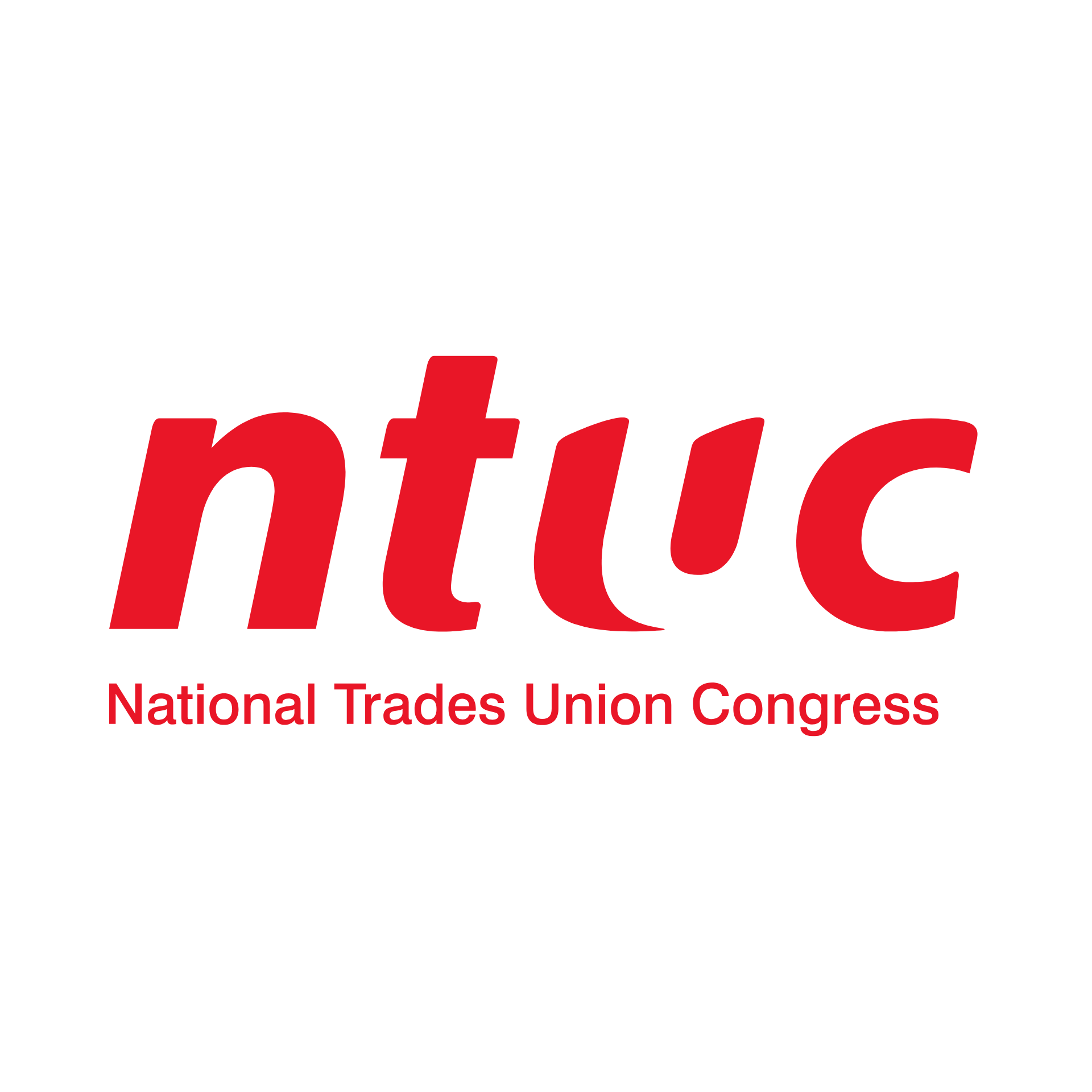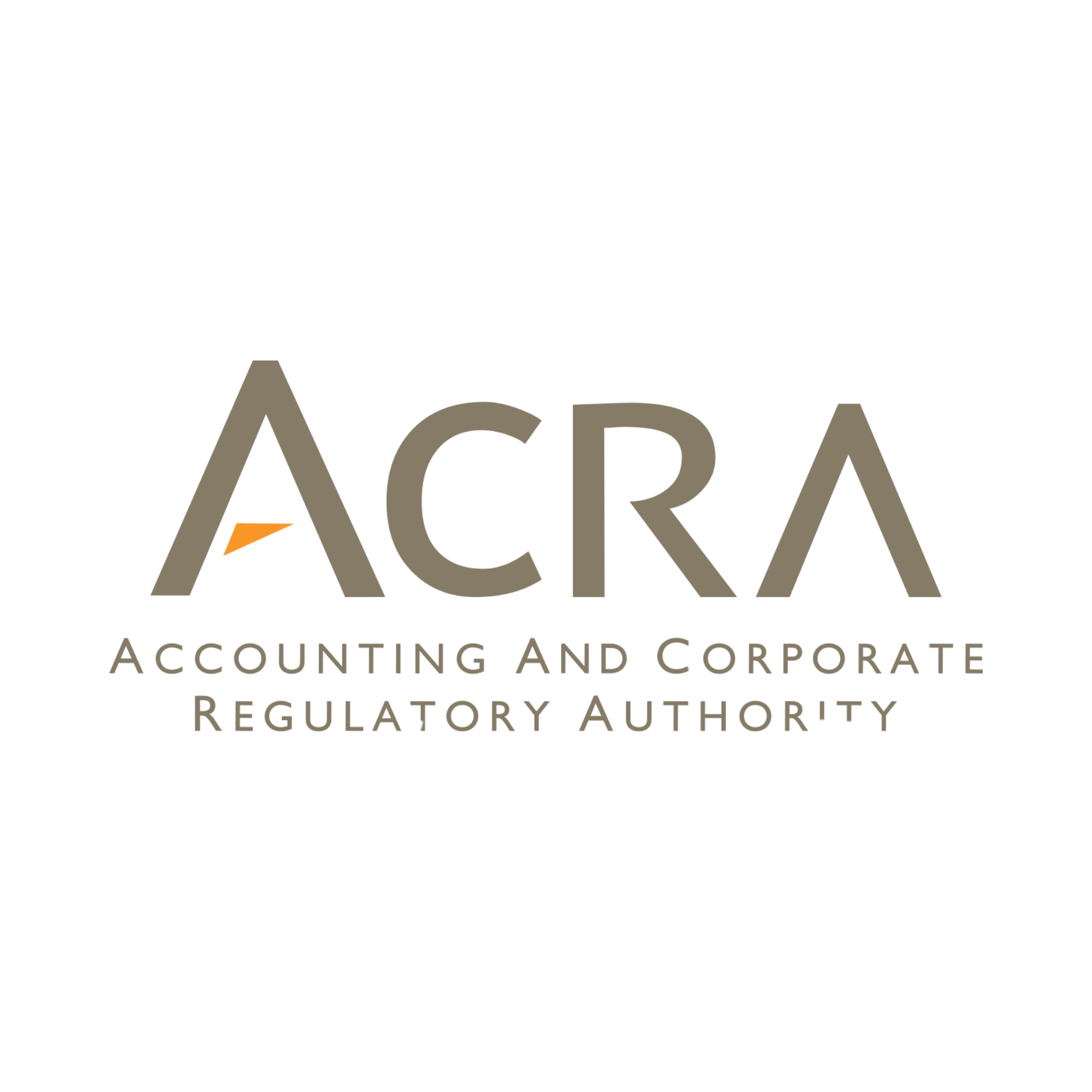Software That Enables True Paperless Offices
A proven leader in paperless transformation. SQL View specialize in office automation, data security, and platforms for strategic decision-making. Experience greater efficiency and embrace the future with us.









